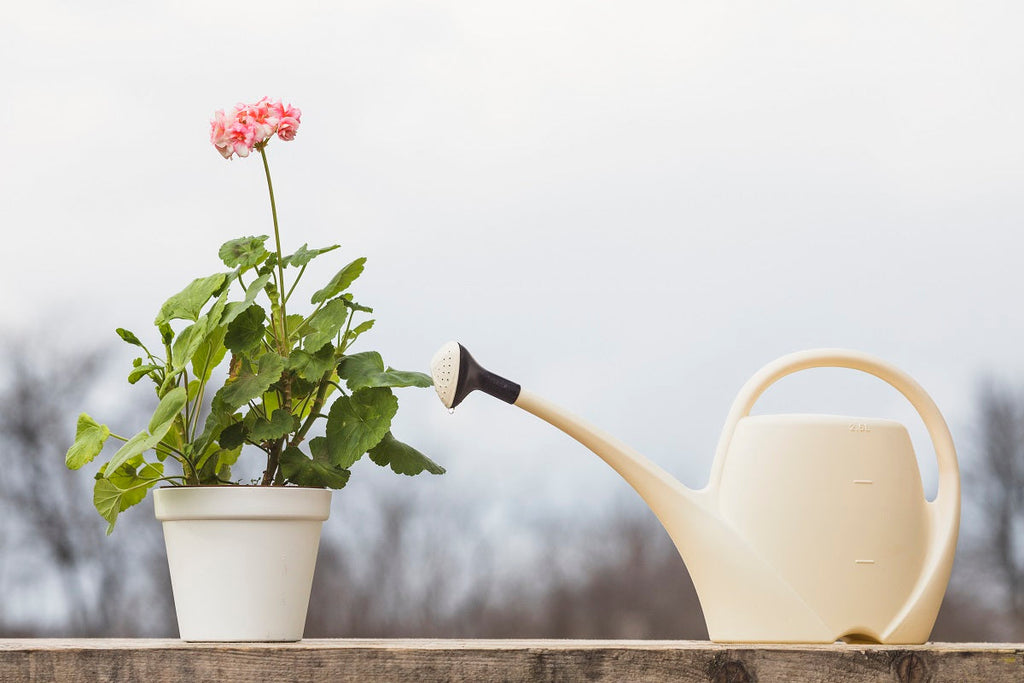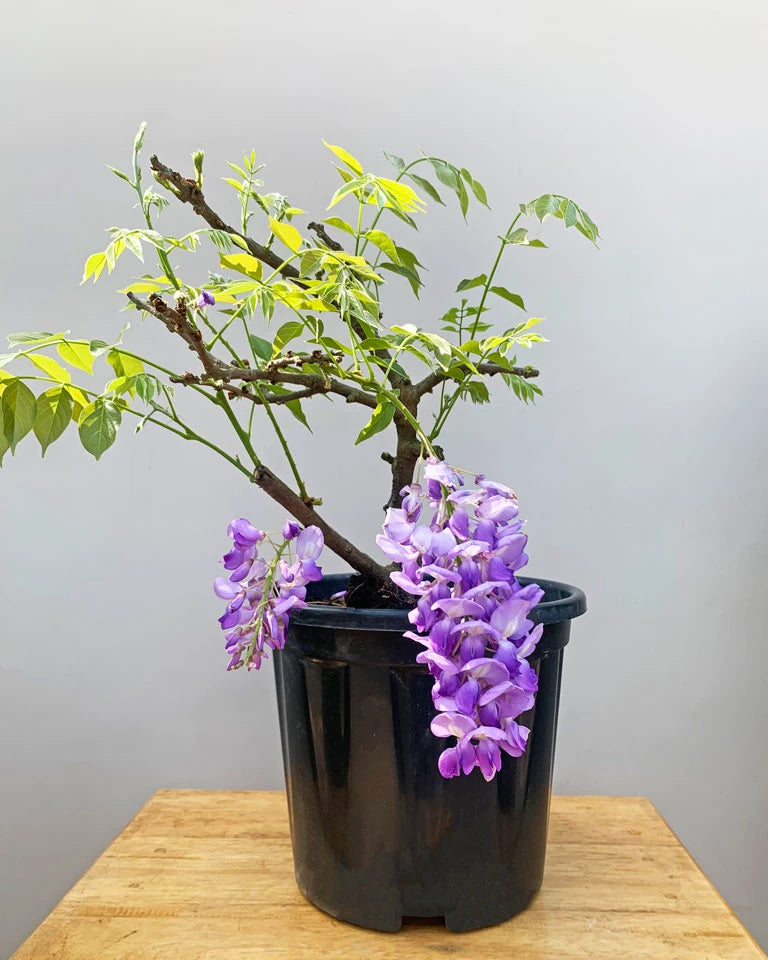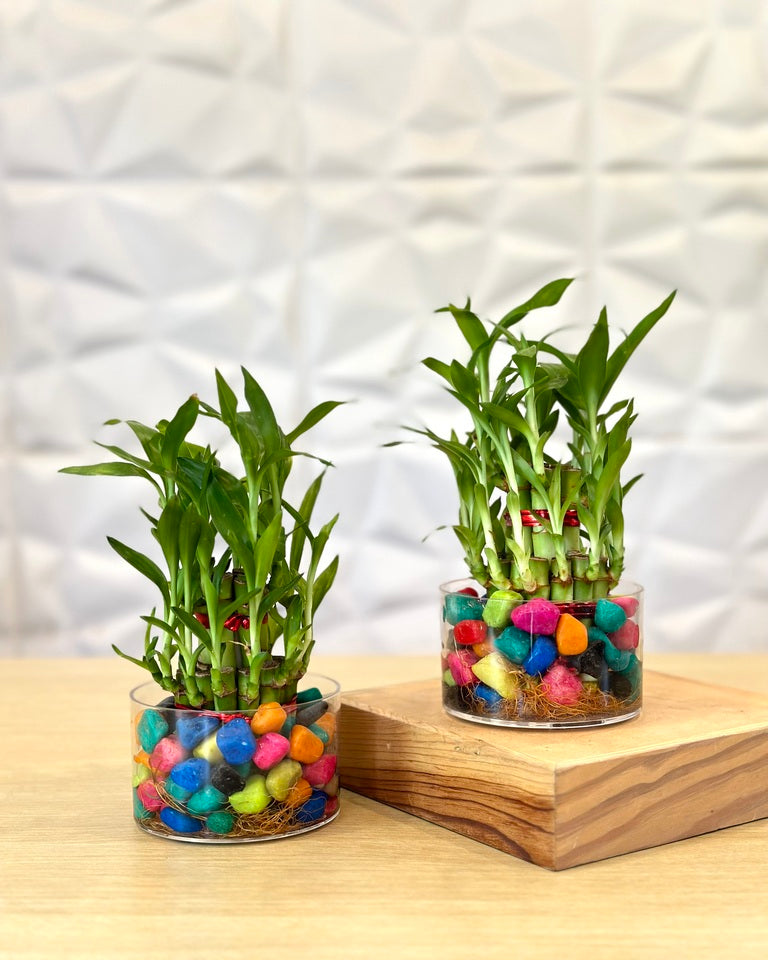
How To Take Care of Plants in Rainy Season

For gardeners, the Rainy season presents a special combination of opportunities and challenges due to its heavy and continuous rainfall. Although your plants may benefit from natural irrigation, too much water and humidity can also cause issues including pest infestations, fungus infections, and root rot. For your plants to flourish throughout this season, proper care is essential. This blog will go into great detail about how to care for your plants during the rainy season, including important information and useful advice to make your garden thrive.

Understanding the Impact of Rainy Season on Plants
Before we dive into the specific care techniques, it's essential to understand how the rainy season affects plants:
Pros
- Natural Irrigation: Consistent rainfall ensures that plants receive adequate water without the need for frequent manual watering.
- Reduced Watering Costs: The need for supplemental watering is significantly reduced, saving on water bills and resources.
- Increased Humidity: Higher humidity levels can benefit certain plant species that thrive in moist conditions.
Cons
- Waterlogging: Excessive rainfall can lead to waterlogged soil, which deprives roots of oxygen and can cause root rot.
- Humidity: Increased humidity can promote fungal growth and pest infestations.
- Nutrient Leaching: Heavy rains can wash away essential nutrients from the soil, making it less fertile.
- Reduced Sunlight: Overcast skies mean less sunlight, which can affect photosynthesis and plant growth.
Understanding these impacts will help you tailor your care routine to mitigate the negative effects and harness the benefits of the rainy season.
Key Points for Plant Care in the Rainy Season

1. Soil and Drainage Management
A. Ensure Proper Drainage:
- Amend Soil: Improve soil structure by adding organic matter such as compost. This increases the soil's ability to drain excess water.
- Check for Puddles: Regularly check for areas where water tends to pool and address these with better drainage solutions.
B. Avoid Overwatering:
- Rain Gauge: To determine the amount of rainfall, use a rain gauge. To avoid overwatering, modify your watering plan appropriately.
- Watering Techniques:When required, water plants early in the morning to prevent nighttime excess moisture that could encourage the growth of fungi.
2. Protecting Plants from Fungal Infections

A. Use Fungicides:
- Preventive Measures: As a preventative precaution against common fungal illnesses, apply a fungicide throughout the rainy season appropriately.
- Natural Alternatives: Use natural fungicides instead, such as neem oil, which is less damaging to the environment and beneficial insects.
B. Increase Air Circulation:
- Pruning: Pruning plants on a regular basis will help to increase air circulation around the plant and remove unhealthy or dead leaves.
- Spacing:Make sure there is enough room between plants to avoid crowding, which can result in high humidity levels around the leaves.
3. Pest Management

A. Regular Monitoring:
- Inspect Plants: Frequently inspect your plants for signs of pests such as aphids, snails, and slugs, which are common during the rainy season.
- Sticky Traps: Use sticky traps to catch flying pests and monitor their population.
B. Natural Predators:
- Encourage Beneficial Insects: Beneficial insects like as lacewings and ladybugs can aid in the natural management of pest populations.
- Birds and Frogs: Encourage birds and frogs in your garden as they are natural predators of many garden pests.
4. Nutrient Management

A. Fertilization:
- Slow-Release Fertilizers: Since quick-release fertilizers might be washed away by heavy rain, use slow-release fertilizers to provide a consistent supply of nutrients.
- Organic Mulch: Apply organic mulch around the base of plants to help retain soil moisture and prevent nutrient leaching.
B. Soil Testing:
- Check Soil pH: Test the soil pH regularly, as rainwater can sometimes alter the acidity of the soil.
- Nutrient Levels: Conduct a soil test to determine if any nutrients are depleted and need to be replenished.
5. Protection from Strong Winds and Heavy Rains

A. Support Structures:
- Stakes and Trellises:To support tall or top-heavy plants and shield them from damaging winds, use cages, trellises, or posts.
- Windbreaks: To shield fragile plants from strong winds, place temporary barriers or grow bushes that act as windbreaks.
B. Covering Plants:
- Rain Shelters: Use temporary covers or shelters to protect vulnerable plants from heavy rain. Ensure these covers allow adequate air circulation to prevent fungal growth.
- Shade Cloth: Use shade cloth to protect plants from intense rain and provide some protection from reduced sunlight.
6. Caring for Indoor Plants

B. Adjust Watering:
- Reduced Watering: Indoor plants may require less watering during the rainy season due to increased humidity levels.
- Well-Draining Pots: Ensure pots have good drainage to prevent waterlogging.
B. Humidity Control:
- Dehumidifiers: Use dehumidifiers in enclosed spaces to maintain optimal humidity levels.
- Air Circulation: Increase air circulation around indoor plants by using fans or opening windows.
C. Accurate Watering:
- Watering Schedule: Establish a regular watering schedule based on the specific needs of each plant species. Overwatering can be as harmful as underwatering.
- Soil Moisture Check: Use a soil moisture meter to check the moisture levels before watering to ensure the plants are neither too dry nor too wet.
Practical Tips for Specific Types of Plants

1. Vegetable Gardens
- Tomatoes: Use tomato cages or stakes to support plants and prevent them from falling over in the wind. Remove lower leaves to prevent soil-borne diseases.
- Leafy Greens: Ensure good air circulation and avoid overhead watering to prevent fungal infections.

2. Flower Gardens
- Roses: Prune regularly to maintain shape and improve air circulation. Apply a layer of mulch to retain soil moisture.
- Bulbs: Ensure well-drained soil and avoid planting bulbs in low-lying areas prone to waterlogging.
Conclusion
Managing the problems caused by high humidity and moisture levels during the rainy season calls for careful plant care. You can encourage your plants to flourish even in the wettest conditions by regulating nutrients, making sure they have adequate drainage, shielding them from pests and fungi, and offering protection against strong winds. Your garden may thrive throughout the rainy season and take advantage of natural irrigation with proper care. Cheers to your successful gardening!













